Plywood
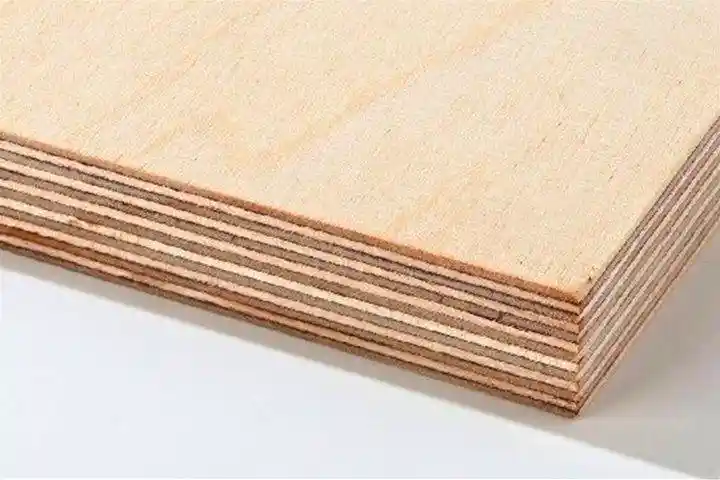
Birch Plywood
Birch Plywood is generally stronger and more durable than many other types of plywood. It has a high strength-to-weight ratio, making it suitable for applications where strength is crucial. Birch plywood has a smooth, pale surface with a uniform grain pattern that is visually appealing. This makes it suitable for projects where the appearance of the wood is important, such as furniture making and cabinetry.
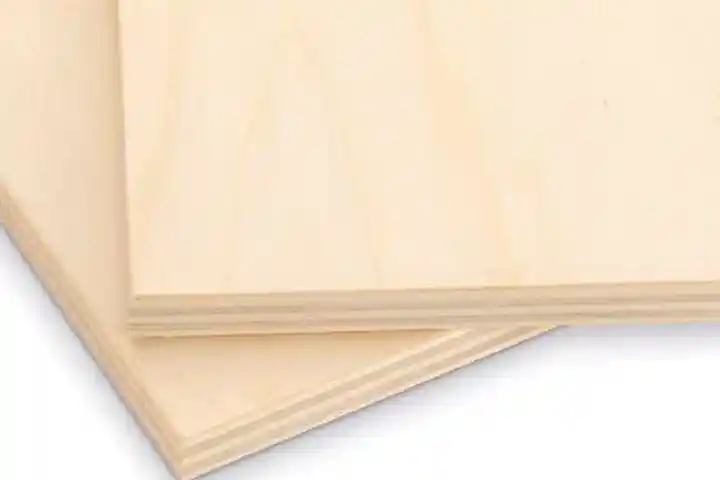
Poplar Plywood
Poplar Plywood is very light. It’s perfect for projects where weight is a concern, like lightweight furniture and interior fixtures. Poplar remains stable when humidity and temperature are a concern. Poplar plywood is easy to work with using standard woodworking tools. It can be cut, drilled, and shaped with relative ease, making it a good choice for DIY projects and woodworking.
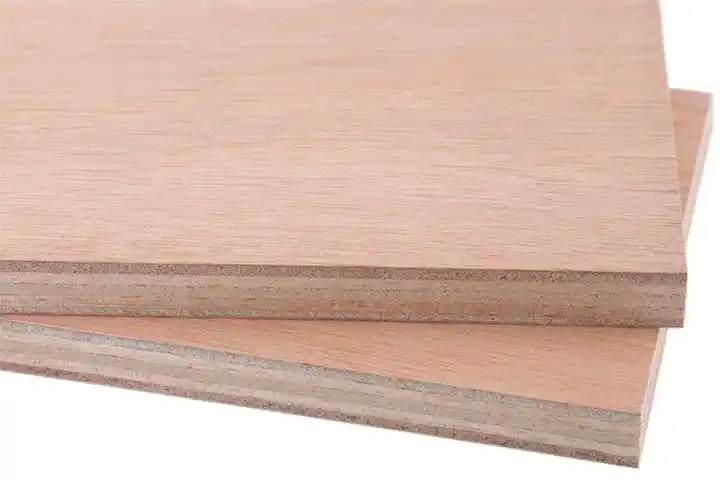
Marine Plywood
Marine Plywood is specifically engineered to be highly resistant to water and moisture. It is made using waterproof adhesives and often has a higher number of plies or layers, which adds to its water resistance. It is ideal for applications where exposure to water or humidity is common. Marine plywood resists rot, decay, and delamination, which are common problems in non-marine-grade plywood.
Plywood: The Building Block of Innovation and Strength
Plywood, often referred to as “engineered wood,” has revolutionised the world of construction and design. With its unique structure and exceptional strength, plywood offers a wide range of applications and has become an essential building material. In this article, we will explore how plywood is made and delve into its diverse uses in various industries.
How is Plywood made?
The process of manufacturing plywood begins with the careful selection of high-quality logs. These logs are typically sourced from sustainable forests, ensuring responsible environmental practices. Once the logs are obtained, they are stripped of their bark and cut into thin layers known as veneers. These veneers are then carefully graded for quality based on factors such as thickness, grain pattern, and defects.
The next step involves the arrangement of these veneers in a specific pattern to create a plywood panel. The most common arrangement is known as “cross-banding,” where the grain direction of each veneer is oriented perpendicular to the adjacent one. This cross-banding technique enhances the overall strength and stability of the plywood panel. The veneers are bonded together using a strong adhesive, usually a type of resin, under high pressure and temperature in a process called hot-pressing. This bonding process ensures a solid and durable plywood panel.
The result is a versatile building material that offers exceptional strength, stability, and resistance to warping and cracking. Plywood comes in various grades, with different thicknesses and compositions, making it suitable for a wide range of applications.

Plywood applications in construction
One of the primary applications of plywood is in the construction industry. It is extensively used in structural applications such as roofs, floors, walls, and formwork. Plywood’s strength and rigidity make it an ideal choice for these applications, providing stability and support to structures. Additionally, plywood’s dimensional stability and resistance to moisture make it suitable for outdoor projects such as fences, decks, and cladding.
Plywood applications in furniture and cabinetry
Plywood also finds its place in the manufacturing of furniture and cabinetry. Its durability, flexibility, and ease of machining make it a preferred material for crafting intricate designs and custom-made furniture pieces. From chairs and tables to cabinets and shelves, plywood offers endless possibilities for creative and functional furniture design.
Plywood applications in interior design
In the world of interior design, plywood has gained popularity for its raw, natural aesthetic. Exposed plywood surfaces add warmth and character to spaces, giving them a contemporary and modern look. Plywood can be used as wall paneling, flooring, and even as a decorative element in ceilings and furniture accents.
Plywood use in transportation
Moreover, plywood serves as a fundamental material in the field of transportation. It is widely used in the construction of boats, planes, and automobiles due to its lightweight nature and high strength-to-weight ratio. Plywood’s structural integrity, coupled with its ability to withstand varying weather conditions, makes it a reliable choice for transportation applications.
Plywood use in packaging
Another significant application of plywood is in the packaging industry. Plywood crates and pallets are commonly used for shipping and storing heavy or fragile goods. The material’s strength and durability ensure the safe transport of goods, protecting them from damage during handling and transit.
In conclusion, plywood is a versatile and durable building material that has transformed the construction and design industries. Its manufacturing process involves layering thin veneers and bonding them under high pressure and temperature. Plywood’s applications range from construction and furniture manufacturing to interior design and transportation. Its exceptional strength, stability, and aesthetic appeal have made it a preferred choice for architects, builders, and designers worldwide. With plywood as a building block, innovation and strength go hand in hand, shaping a world of endless possibilities.
More Board types
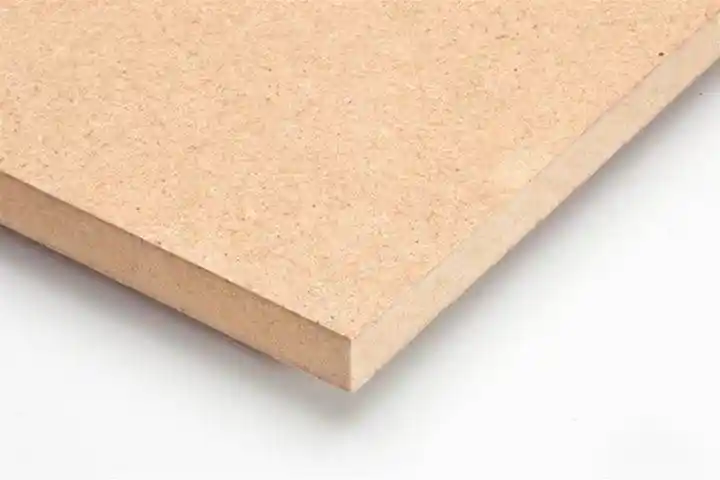
Medium-Density Fiberboard (MDF)
Medium-Density Fiberboard (MDF) has become a staple in the world of woodworking, empowering carpenters, interior designers, furniture designers, and DIY enthusiasts to bring their creative visions to life.
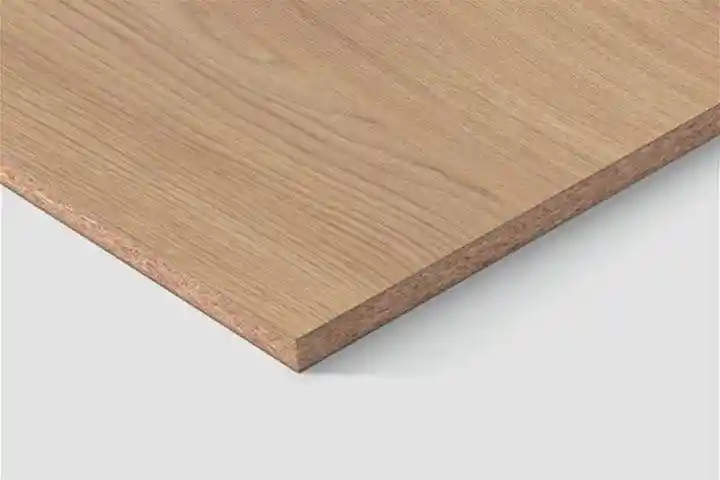
Melamine faced chipboard (MFC)
Melamine faced chipboard (MFC) has gained immense popularity in the world of interior design and construction due to its versatility, durability, and stylish appeal. It has revolutionised the way we approach furniture manufacturing and interior decor.
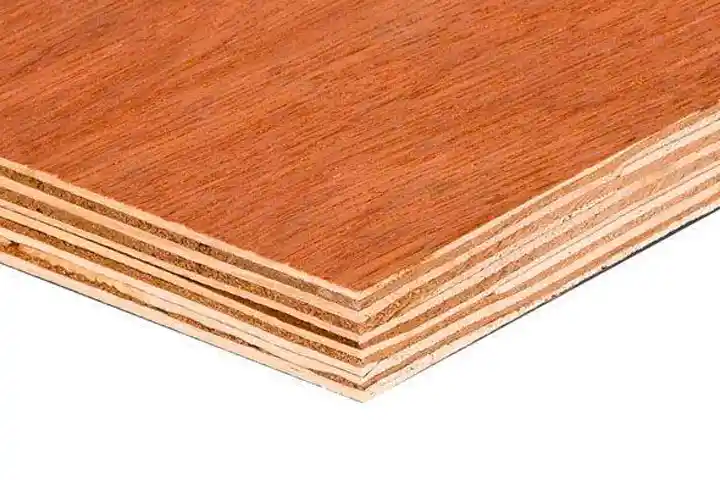
Plywood
Plywood, often referred to as "engineered wood", has changed the world of construction and design. With its unique structure and exceptional strength, plywood offers a wide range of applications and has become an essential building material.
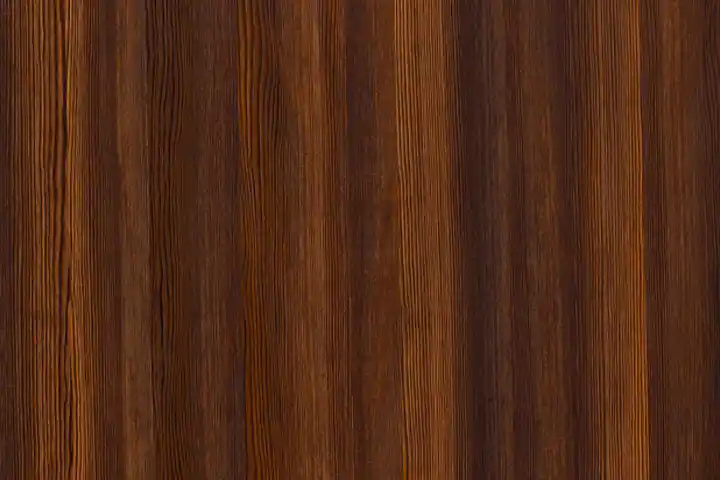
Veneer panels
Veneer panels are a testament to the harmonious blend of nature's beauty and human craftsmanship. These exquisite panels, made through a meticulous process, bring the warmth and elegance of real wood to interior spaces.
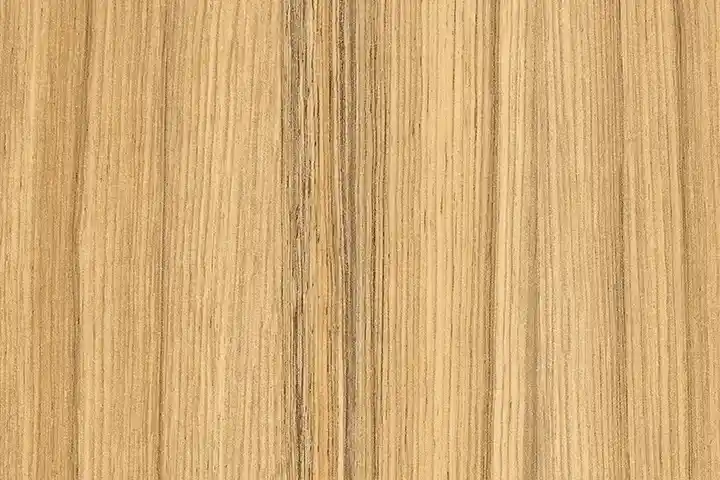
Laminates
Laminates are a versatile and popular choice for surfacing materials, seamlessly blending style, durability, and ease of maintenance. Laminates can transform surfaces into stunning focal points that withstand the test of time.
